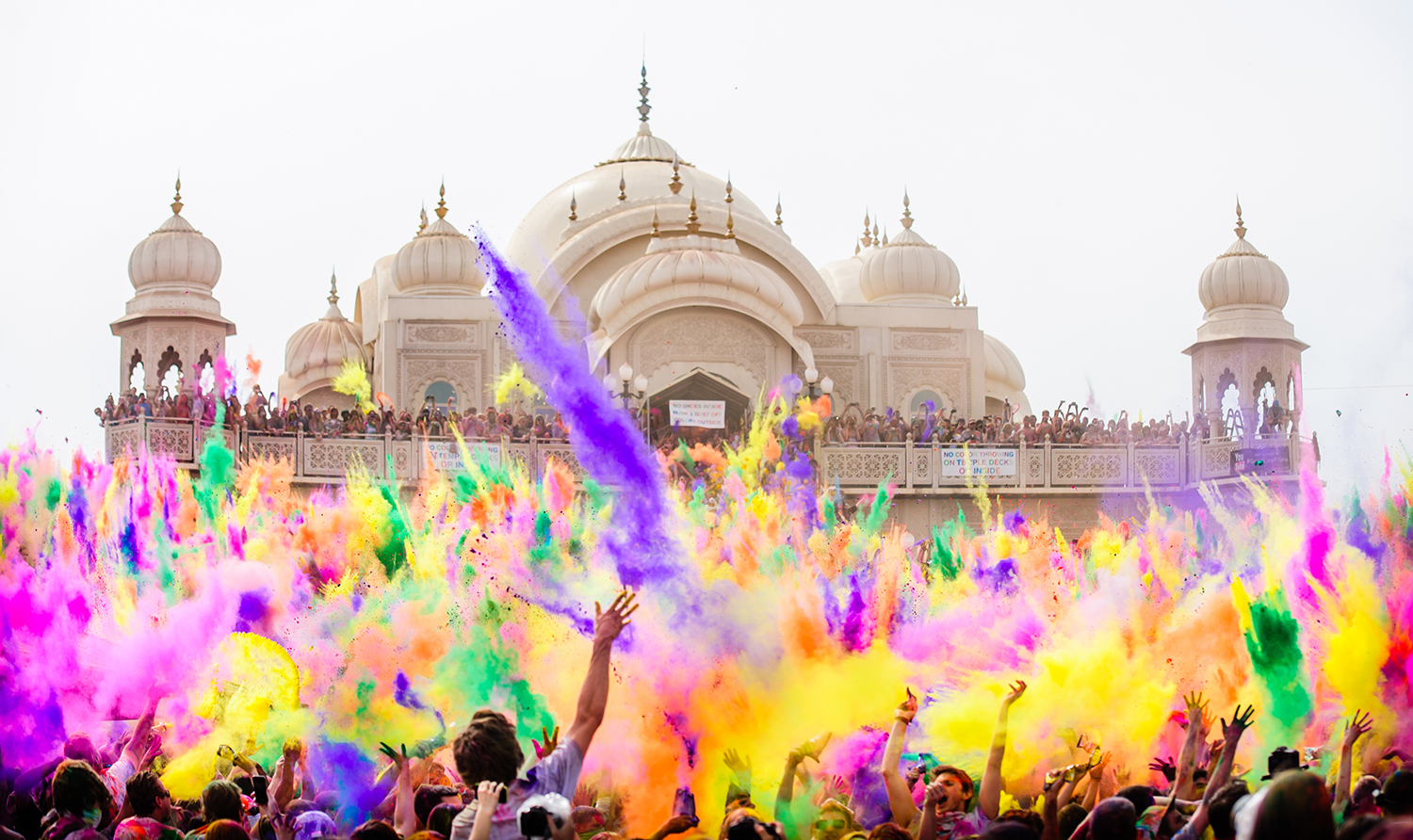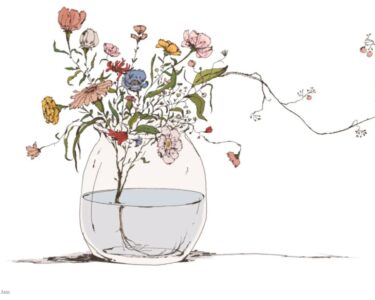How Americans have adopted — and adapted — the Indian festival of Holi
Religious practices go through change and transformation.
(RNS) — The arrival of spring always brings sweet memories from my childhood in India of Holi: the sound of drumbeats and people dancing merrily in the streets, bodies smeared with a multitude of colors. In our home, buckets filled with wet colors would be kept ready to be poured on friends, family and neighbors, who would walk in with their own fistfuls of colors. The visitors were served freshly prepared sweets and savories from my mother’s kitchen along with a delightful almond drink, suffused with saffron.
Traditionally celebrated on the last full moon in the lunar month of Phalguna, which falls this year on Friday (March 18), Holi commemorates the triumph of good over evil. In Hindu mythology the demon king Hiranyakashipu commands his subjects to acknowledge him as the supreme God, but his son Prahalada, a devotee of the god Vishnu, refuses. In a rage Hiranyakashipu gives his sister, Holika, a protective cloak and instructs her to take Prahalada in her lap and sit on a burning pyre.
As Prahalada chants Vishnu’s name, the cloak flies off Holika and wraps around him. Holika is charred to death, while Prahalada remains unharmed.
Read the rest @ https://religionnews.com/2022/03/17/how-americans-have-adopted-and-adapted-the-indian-festival-of-holi/






